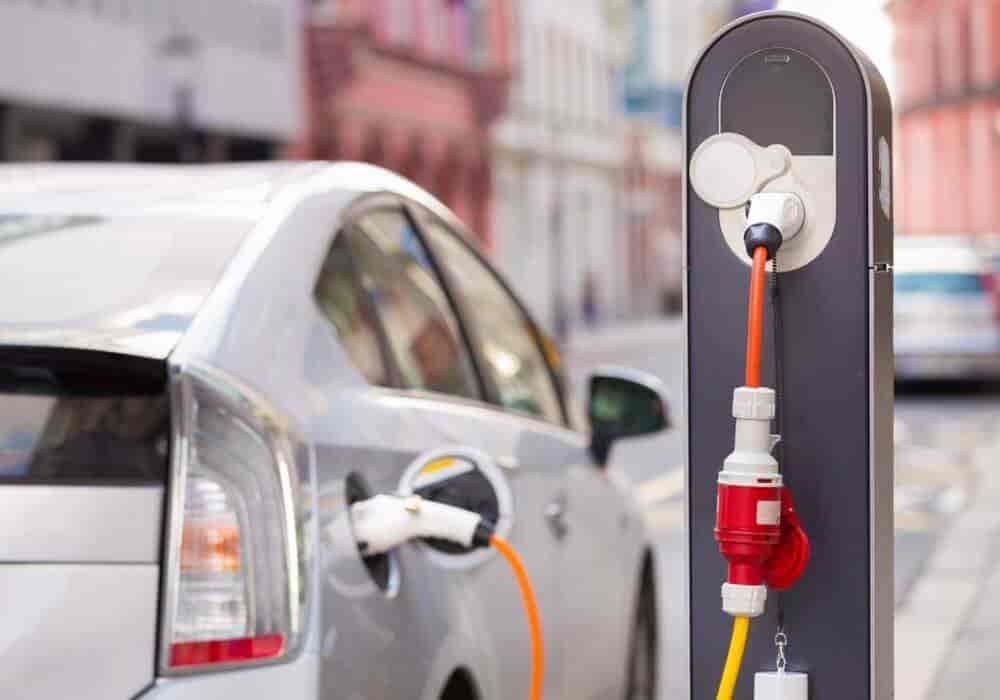Why Do People Really Buy EVs? Tata’s Top Executive Offers a Candid Answer
In a moment that might catch many auto industry insiders off guard, Shailesh Chandra, MD of Tata Motors Passenger Vehicles and Tata Passenger Electric Mobility, recently shared a strikingly honest take on why most people are choosing to go electric in India. It’s not all about emissions or technology—for many, the biggest driver might be something else entirely.
“People in India aren’t really buying EVs for sustainability. They do it because of economics,” Chandra said during a candid chat at the India EV Conclave hosted by Tata EV.
The video, published by Tata EV on YouTube, quickly stirred conversation online. The comment sparked reflection within the auto community and left many consumers nodding in agreement. Let’s break down what was said, explore the broader context, and see where this leaves the future of electric vehicles in India.
Timeline of Events
Here’s a quick look at when and how this conversation unfolded:
- March 2023: Tata Motors crosses the 100,000 EV sales mark in India.
- May 2024: Tata launches updated EV models, including the Nexon EV facelift.
- June 2024: Shailesh Chandra speaks on the realities behind consumer choices.
- 28 June 2024: The interview clip begins making the rounds, gaining attention for Chandra’s refreshing honesty.
What Chandra Actually Said
During the filmed panel, Chandra offered a fresh look at what’s driving India’s EV boom. While he acknowledged the global push toward sustainability, he emphasized the price-savings advantage EVs offer in India’s cost-sensitive market.
“Sustainability is good, but let’s be real. Excise duties, fuel costs, and road taxes are what people look at first. For many, the running cost of an EV is nearly a third of what a petrol vehicle demands. That’s what tips the decision.”
His remarks weren’t dismissive of environmental concerns, but more a reflection of how pragmatic Indian consumers can be. In his words, the “emotional appeal” of owning something high-tech and different plays some role—but numbers drive trust.
Behind the Numbers: Why Cost Matters
Let’s drill into what makes EVs such a smart economic decision in India right now:
- Lower Running Costs: Charging an EV costs roughly ₹1.2/km compared to ₹6/km for petrol cars.
- Government Subsidies: FAME-II benefits and state-level incentives bend the price curve.
- Fewer Moving Parts: EVs tend to have cheaper long-term maintenance compared to ICE vehicles.
Put those together, and for an average buyer covering 12,000–15,000 km annually, you could be looking at tens of thousands of rupees saved per year.
Expert Commentary
Auto blogger and EV enthusiast Rajiv Mehra offered his take following the video’s release: “It’s not the kind of statement you expect from a top exec. But it’s the truth. Most buyers won’t pay extra unless they see clear monthly savings.”
Another industry analyst based in Pune commented, “He said what many think but rarely say out loud. Aspiration and novelty may drive early adopters, but widespread adoption comes from value.”
Community Response
The response across social media was mostly positive—if slightly amused. One YouTube commenter wrote, “Finally, someone admits it. I bought my Tiago EV because my fuel bill halved, not to save the oceans.”
Others chimed in with similar stories. On X (formerly Twitter), EV advocates debated whether this focus on cost diminishes the environmental message—but most seemed relieved to hear a voice of realism.
Tata’s EV Strategy: Risks and Rewards
Tata Motors has positioned itself as an early leader in India’s electric vehicle segment. With models like Nexon EV, Tigor EV, and the City-born Punch EV, the automaker has captured over 70% of the country’s electric car sales in the last fiscal year.
Yet Chandra’s statement does raise some strategic questions:
- Will Tata continue to lean into economics-first messaging?
- Can the brand tie affordability with long-term sustainability in a credible way?
- How long can policy incentives support low pricing?
The answers might shift as battery costs change and infrastructure matures. Still, for now, economics seems to be the hill EVs are climbing—and winning—on.
What’s Next?
India’s EV journey is still young, and the market is rapidly evolving. More brands, including Hyundai, Mahindra, and MG, have aggressive plans for new electric models in the ₹10–₹20 lakh range.
At the same time, state subsidies and central government EV targets are under review going into an election year. If these supports fade, the price equation could change swiftly.
Still, with rising fuel prices and growing tech adoption in cities, EV demand seems on steady ground—for now. As Chandra’s remarks imply, practicality might be the real driving force behind India’s green wheels.
And look, it kind of makes sense. People want what works. They want to save. Sustainability may catch up with them later.
What do you think drives people to go electric? Is it the economy—or something bigger? Let us know in the comments below.

